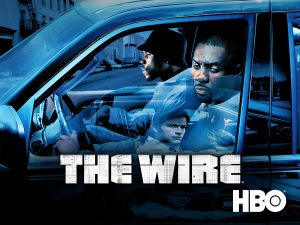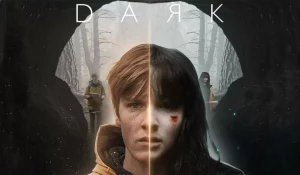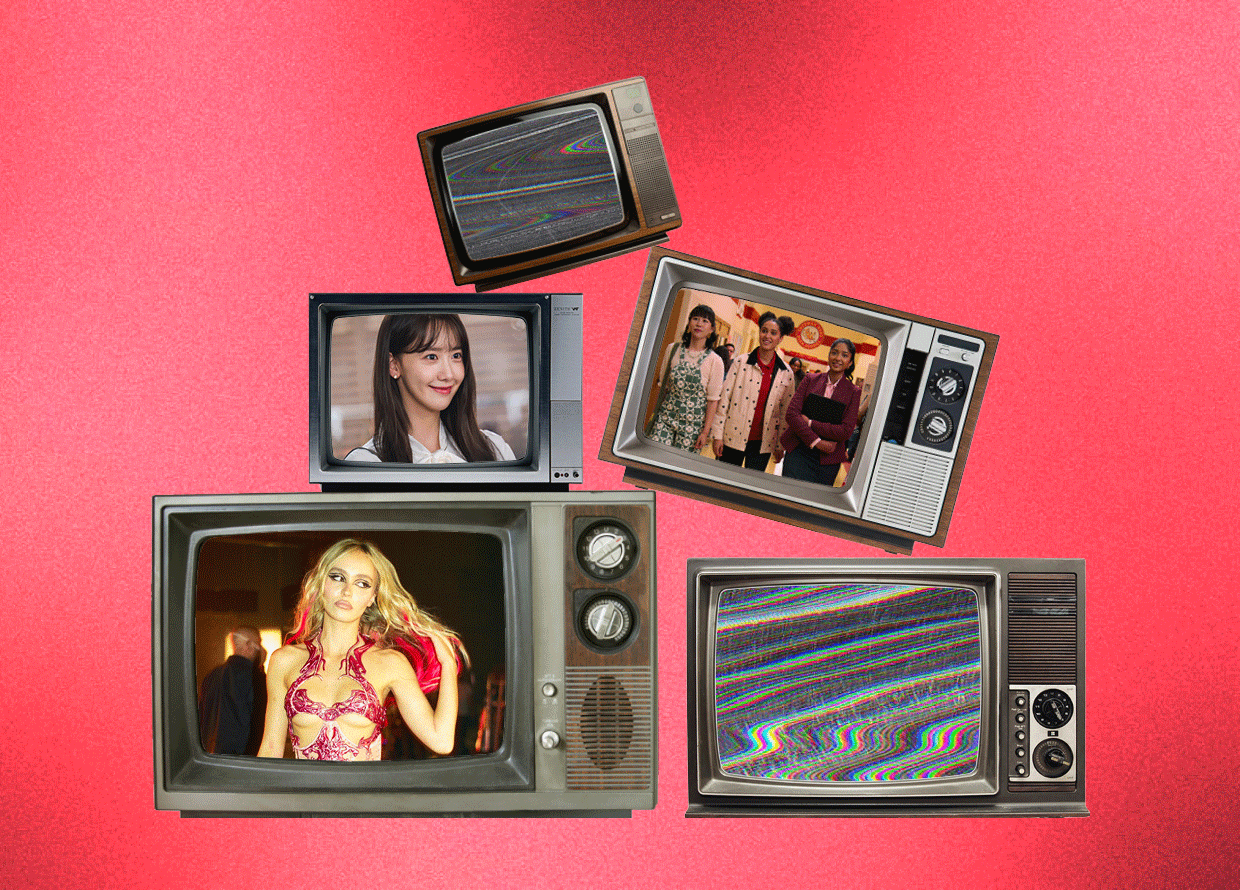Introduction
Television has undergone a remarkable transformation over the past century. From the early days of black-and-white broadcasts to the modern era of high-definition streaming, the evolution of TV shows has been nothing short of revolutionary. This article delves into the journey of TV shows, focusing on the shift from cable to streaming and exploring what the future might hold. We will explore the technological advancements, changing viewer habits, and the impact of these shifts on the content we consume.
The Early Days of Television

-
Birth of Broadcast TV
The inception of television dates back to the 1920s and 1930s, with pioneers like Philo Farnsworth and Vladimir Zworykin laying the groundwork for what would become a global phenomenon. The first television broadcasts were limited in scope, often featuring simple programming such as news, weather reports, and short entertainment segments.
-
The Golden Age of Television
The 1950s and 1960s are often referred to as the “Golden Age of Television.” This era saw the rise of iconic shows like “I Love Lucy,” “The Twilight Zone,” and “The Ed Sullivan Show.” These programs were broadcast over-the-air, accessible to anyone with a television set and an antenna. The content was primarily family-friendly, designed to appeal to a broad audience.
The Rise of Cable Television

-
Expanding Horizons
The 1970s and 1980s marked the advent of cable television, which expanded the number of available channels and introduced niche programming. Networks like HBO, CNN, and ESPN emerged, offering specialized content ranging from movies and news to sports. This period also saw the rise of premium channels, which required a subscription fee but provided commercial-free viewing.
-
Impact on Content
Cable television allowed for more diverse and daring content. Shows like “The Sopranos,” “The Wire,” and “Sex and the City” pushed the boundaries of what could be shown on TV, exploring complex themes and mature subject matter. The increased competition among networks led to higher production values and more innovative storytelling.
The Digital Revolution

-
Introduction of DVRs and On-Demand Services
The late 1990s and early 2000s brought about significant technological advancements, including the introduction of Digital Video Recorders (DVRs) and On-Demand services. These innovations allowed viewers to record shows and watch them at their convenience, disrupting the traditional TV schedule.
-
Birth of Streaming
The mid-2000s saw the emergence of streaming services, with Netflix leading the charge. Originally a DVD rental service, Netflix pivoted to streaming in 2007, offering a library of movies and TV shows accessible over the internet. This shift marked the beginning of a new era in television consumption.
The Streaming Era

-
Rise of Original Content
Streaming services like Netflix, Hulu, Amazon Prime Video, and Disney+ have revolutionized the way we consume TV shows. These platforms have invested heavily in original content, producing critically acclaimed series such as “Stranger Things,” “The Handmaid’s Tale,” “The Marvelous Mrs. Maisel,” and “The Mandalorian.” The freedom from traditional network constraints has allowed for more creative and diverse storytelling.
-
Binge-Watching Phenomenon
One of the most significant changes brought about by streaming is the concept of binge-watching. Entire seasons of shows are often released at once, allowing viewers to watch multiple episodes in one sitting. This has fundamentally changed the way stories are told, with many series adopting more serialized narratives that unfold over several episodes.
-
Global Reach
Streaming services have also made it easier for international content to reach a global audience. Shows like “Money Heist” (Spain), “Dark” (Germany), and “Squid Game” (South Korea) have found worldwide success, showcasing the universal appeal of well-crafted stories.
The Future of TV Shows

-
Interactive and Immersive Experiences
The future of TV shows may involve more interactive and immersive experiences. Technologies like virtual reality (VR) and augmented reality (AR) have the potential to create new forms of storytelling, allowing viewers to engage with content in unprecedented ways.
-
Personalized Content
Advancements in artificial intelligence and machine learning could lead to more personalized content recommendations. Streaming platforms are already using algorithms to suggest shows based on viewing habits, but future developments could take this personalization to new heights, tailoring content to individual preferences in real-time.
-
Challenges and Opportunities
While the evolution of TV shows has brought about many positive changes, it also presents challenges. The sheer volume of content available can be overwhelming, making it difficult for viewers to discover new shows. Additionally, the shift to streaming has led to increased competition among platforms, each vying for exclusive content and subscriber loyalty.
Conclusion
The evolution of TV shows from cable to streaming has transformed the way we consume entertainment. Technological advancements, changing viewer habits, and the rise of original content have all played a role in shaping the modern television landscape. As we look to the future, it is clear that the possibilities for innovation in TV shows are endless, promising even more exciting developments in the years to come.




